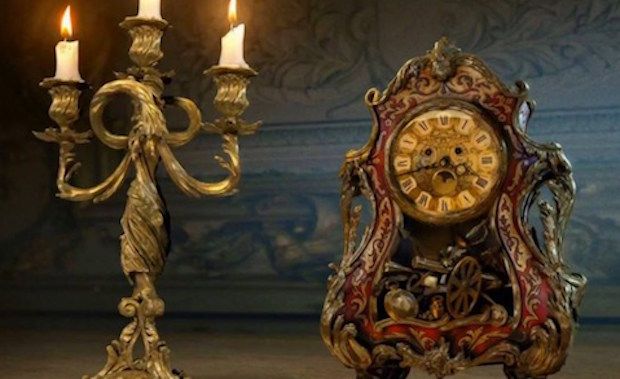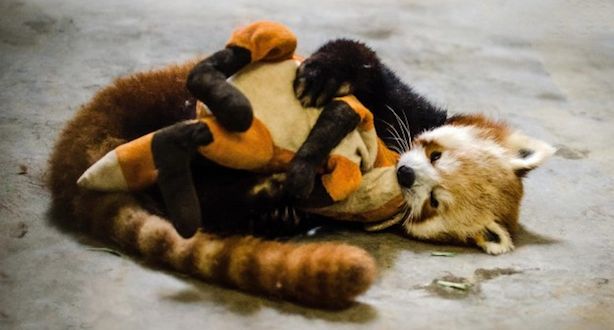Advertisement
Lifestyle
Rare White Lobster Joins Maine’s Colorful Crustacean Cornucopia
By
Robin Milling
3 min read
- # albino lobster
- # Alex Todd
- # calico lobster
Advertisement - Continue reading below
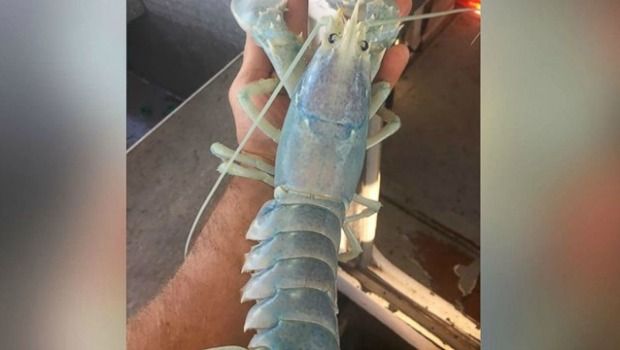
As summer is winding down seafood lovers are getting their feast of fresh lobster caught off the coast of Maine. Most of us are used to eating lobster that has a brownish red shell that turns red when cooked, but there are various other colored crustacean in the vast ocean that are so wondrous to look at, you might think twice about cracking into them. One Maine fisherman felt just that when he made a one in a hundred-million catch of a white lobster off of Chebeague Island in Cumberland County, Maine.
Alex Todd – whose family has been lobstering for generations – spotted the translucent shell among the common brown and green ones that he caught on August 24, and knew he had a rarity in his net.
“I’ve gotten a couple that were weird colors — those bright blues you see sometimes. But that’s the first all-white one I’ve gotten,” he told the Bangor Daily News.
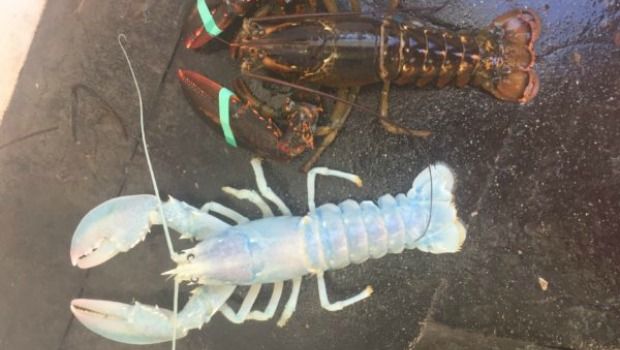
Todd, who’s had his lobster license since he was 6 years old, noticed a V-shaped notch cut into one of its flippers – a mark by lobstermen to signal a female carrying eggs – which prompted the fisherman to quickly return it to the wild. But not before taking several proud photos of his catch.
“Even if it had been male, it’s an oddity enough that, why cook it for a $4 lobster? It was really different and really cool,” he told ABC 13 News Now.
Maine Coast Fisherman’s Association group posted Todd’s photos on their Facebook page gaining viral attention with 2,200 likes, over 2,500 shares, and almost 400 comments weighing in on whether or not they could dive in and eat the white lobster.
The post read:
“This lobster was caught by Alex Todd of Chebeague Island, Maine. A normal lobster gets its color by mixing yellow, blue, and red protein pigments. Through different genetic mutations you can get a blue, yellow, or red (uncooked) lobster. You can also get strange mixtures of those colors as well. This lobster probably has a genetic condition called Leucism which isn’t a total loss of pigment (which would make it an albino) but instead a partial loss. This is why you can still see some hints of blue on the shell and color on the eyes. Thanks for sharing Alex!”
White lobsters are totally devoid of pigment and remain white even when cooked according to the University of Maine’s Lobster Institute. Shell colors that lobsters pass along from parent to offspring are similar to humans passing down genes for eye color. The colored lobster statistics are: one in every 10 million live lobsters has a red shell, one in about 30 million has a yellow or calico-spotted shell, one in two million lobsters is blue, and albino lobsters are about one in 100 million.

Colored crustaceans are so rare that the Maine State Aquarium have them under protection. Recently the New England Aquarium acquired an extremely rare yellow lobster to its collection. It was donated by Patriot Seafoods of Salem after lobsterman Bill Porter snagged the rare specimen.
“Yellow lobsters have been estimated to have an incidence of one in 30 million in the wild,” New England Aquarium said on their website. The yellow crustacean is awaiting its exhibit to the public while it undergoes quarantine, but other oddly colored lobsters are on display.
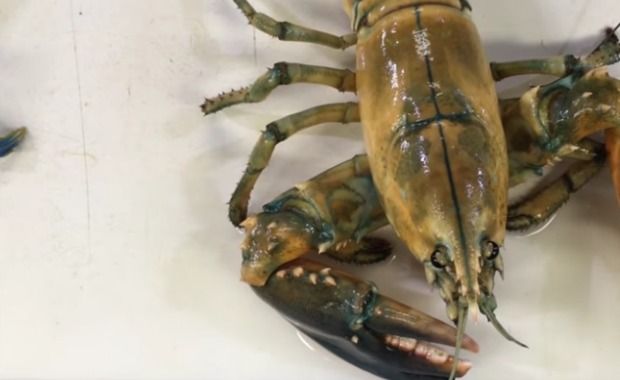
The aquarium is also home to blue, orange, and calico lobsters. The Halloween lobster named for its orange and black two-tone might inspire a costume or two. These are almost as rare as their white cousins – about one in 50 million are caught.
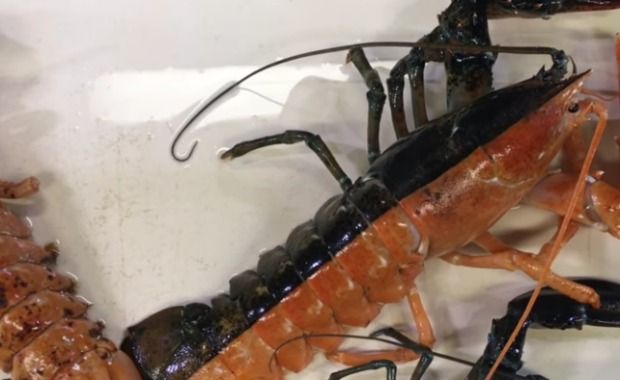
Here is a look at the Maine State Aquarium’s cornucopia of crustaceans.
Advertisement - Continue reading below

